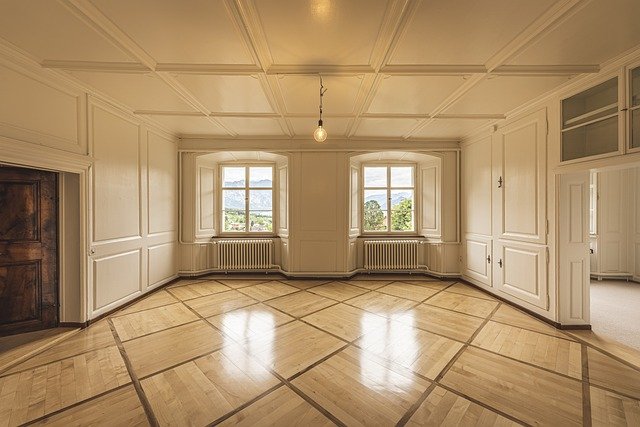The Paradox of Luxury Real Estate in a Pandemic Era
As the world grapples with the unprecedented health crisis, an unexpected phenomenon is taking place in the realm of real estate. Despite the economic uncertainty, the luxury real estate market is thriving. With a surge in demand and a persistent supply constraint, the high-end property market is witnessing a paradoxical boom amid the pandemic.

Historical Context and Key Developments
Luxury real estate, historically, has been immune to economic downturns. The affluent classes, whose wealth often remains unaffected by recessions, continue to invest in high-end properties as safe assets. However, the COVID-19 pandemic has brought about a unique set of circumstances. With people confined to their homes and remote working becoming the norm, the desire for spacious, well-equipped residences has surged, particularly among the affluent class.
Current Market Trends and Analysis
Presently, the luxury real estate market is seeing trends that are quite distinct from the overall housing market. Firstly, there’s a significant increase in demand for luxury homes with amenities such as home offices, gyms, and expansive outdoor spaces as affluent buyers seek comfort and convenience amid the pandemic-induced lifestyle changes.
Secondly, the global health crisis has triggered a shift in buyer preferences. High-end buyers are now favoring less densely populated areas, leading to a boom in luxury real estate markets in suburban and rural areas.
On the financial front, the low-interest-rate environment is also encouraging wealthy individuals to invest in luxury properties. As per Knight Frank’s Wealth Report 2021, 26% of ultra-high-net-worth individuals (UHNWIs) plan to invest in homes in their home countries in 2021, while 21% plan to buy overseas.
Advantages, Challenges, and Impact
The present boom in the luxury real estate market presents several advantages. For one, it’s providing a much-needed boost to the economy. The high transaction values in the luxury segment are contributing significantly to the overall volume of the real estate sector.
However, the surge also presents challenges. The sudden increase in demand, coupled with supply constraints, is leading to a rapid rise in prices, making these properties even more out of reach for the average buyer.
The impact of this paradoxical boom is multi-faceted. On one hand, it’s creating opportunities for sellers and realtors in the luxury segment. On the other hand, it’s further widening the wealth gap, as property becomes an even more exclusive asset class.
Balancing Depth and Accessibility
The pandemic-induced boom in luxury real estate is a complex phenomenon, shaped by a convergence of multiple factors. It’s crucial to understand this trend in the context of broader socio-economic shifts, from changing lifestyle preferences to economic policies. However, at its core, it’s a simple story of supply and demand, reflecting the enduring allure of property as a safe and tangible asset.
While this trend may not directly affect the average buyer or investor, it offers valuable insights into the resilience of the real estate market, even in times of crisis. It also underscores the need for policymakers to address the growing wealth gap, to ensure a more equitable property market.
In conclusion, the luxury real estate market is a fascinating arena to observe the interplay of economics, lifestyle trends, and societal changes. As we navigate the uncertainty of the pandemic era, it will be interesting to see how these dynamics continue to evolve.




